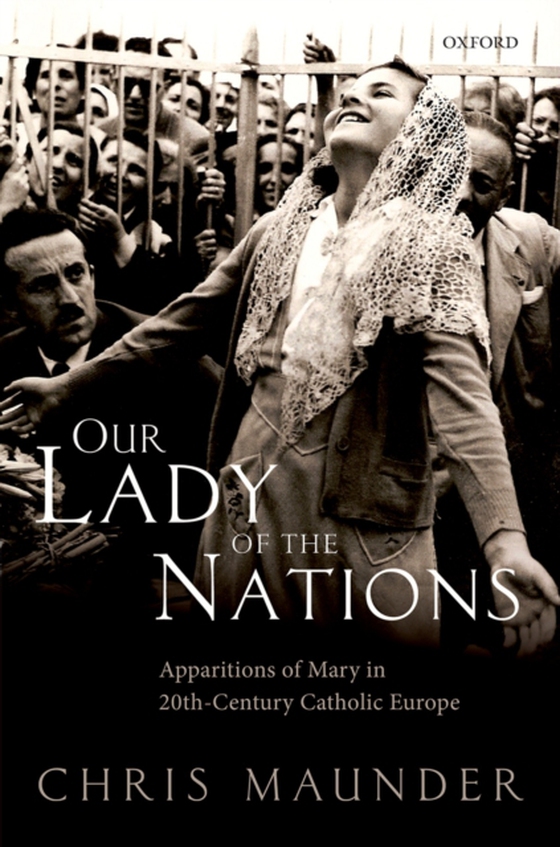
Our Lady of the Nations e-bog
177,19 DKK
(inkl. moms 221,49 DKK)
Our Lady of the Nations is a detailed and scholarly overview of the apparitions of Mary in 20th-century Catholic Europe. Chris Maunder discusses apparitions in general and how they are interpreted in Catholicism by, for example, Karl Rahner and Benedict XVI. The role of women and children as visionaries is considered, including issues concerning changing views of gender, children's spirituality...
E-bog
177,19 DKK
Forlag
OUP Oxford
Udgivet
18 februar 2016
Længde
256 sider
Genrer
1D
Sprog
English
Format
pdf
Beskyttelse
LCP
ISBN
9780191028199
Our Lady of the Nations is a detailed and scholarly overview of the apparitions of Mary in 20th-century Catholic Europe. Chris Maunder discusses apparitions in general and how they are interpreted in Catholicism by, for example, Karl Rahner and Benedict XVI. The role of women and children as visionaries is considered, including issues concerning changing views of gender, children's spirituality, and the protection of minors. He covers cases that are wellknown and approved by the Church (Fatima, Beauraing, Banneux, and Amsterdam), others that are well known but not approved (such as Garabandal and Medjugorje), and many that are neither well known nor approved, such as those in Belgian Flanders or Nazi Germany in the 1930s, or in France, Italy, or Germany afterthe Second World War. Resources include academic studies of particular apparitions, some Catholic theological and devotional literature, and occasionally travel writing. There is also coverage of material in French which is not known to the English reader. Shrines and visionaries are believed to be indicators of the presence of Mary. In the visionary perspective, she has appeared in order to reassure her followers and to warn of divine judgement. Her messages echo doctrinal Catholic Mariology with some innovations, but also express a deep dissatisfaction with the events and trends of the 20th century, from communism to Nazism to liberalism and religious indifference. While the Marian cult evolves according to new templates forapparitions and developments in Mariology, the fundamental message of presence, consolation, and admonition remains constant.
 Dansk
Dansk

